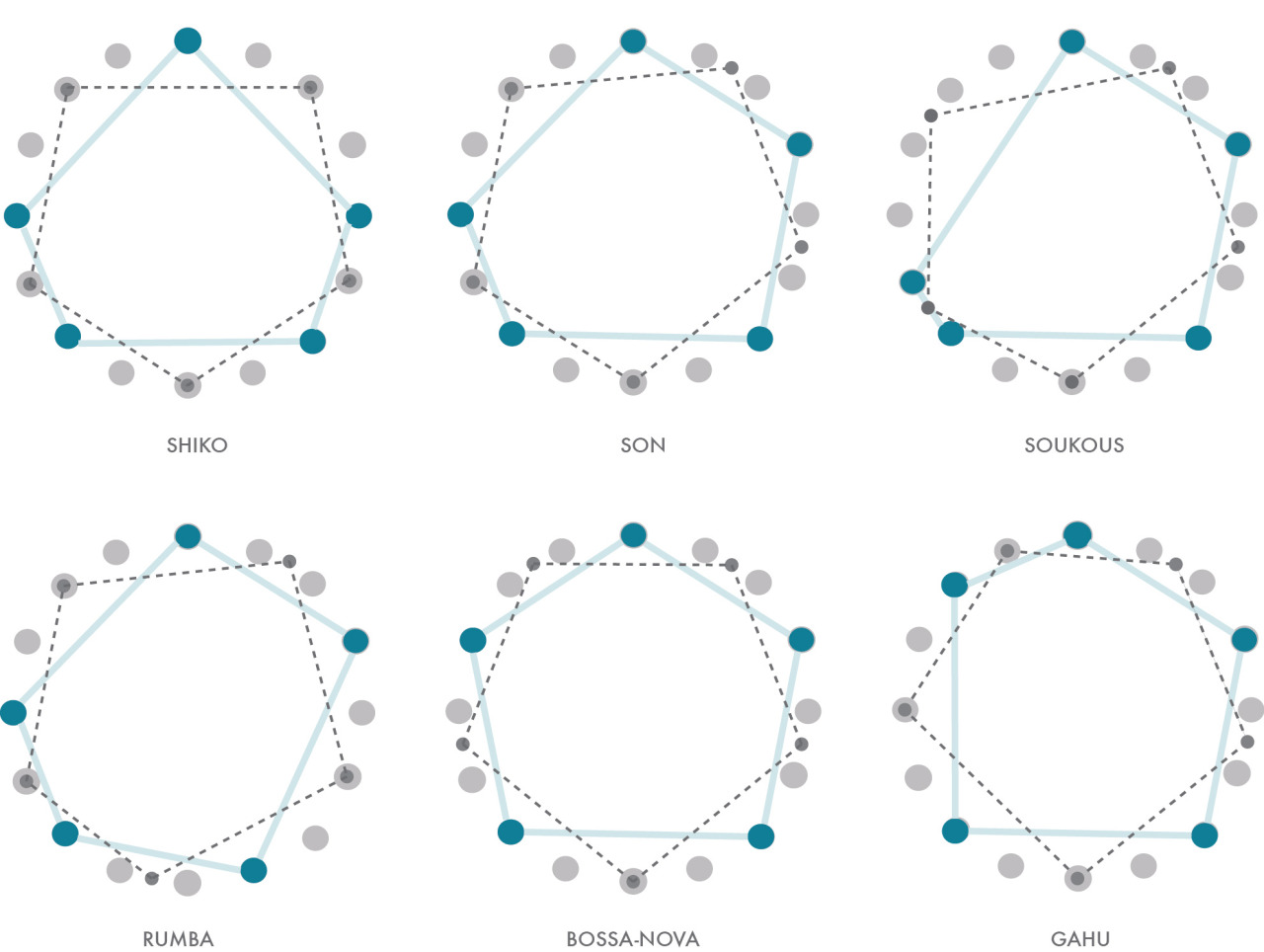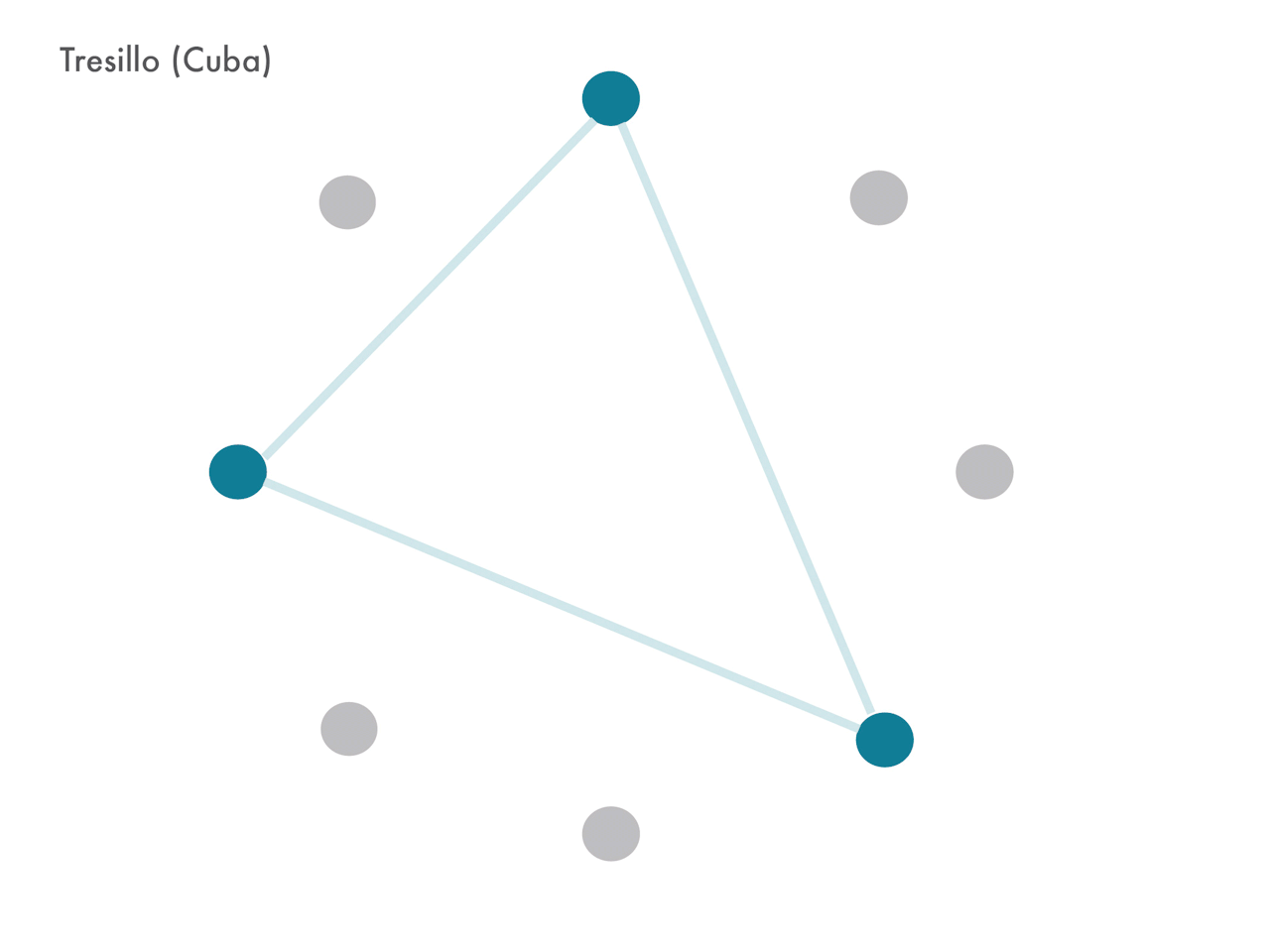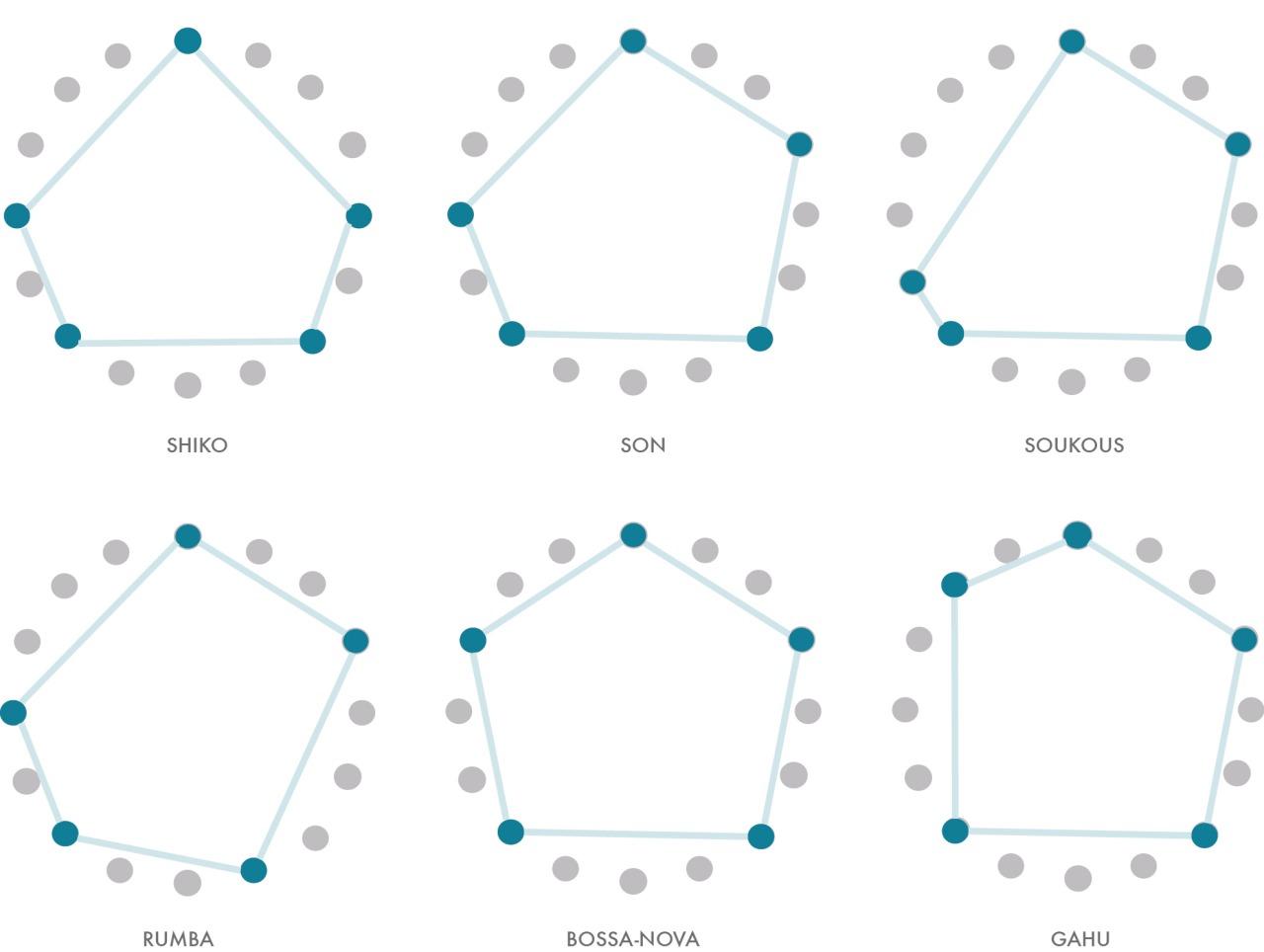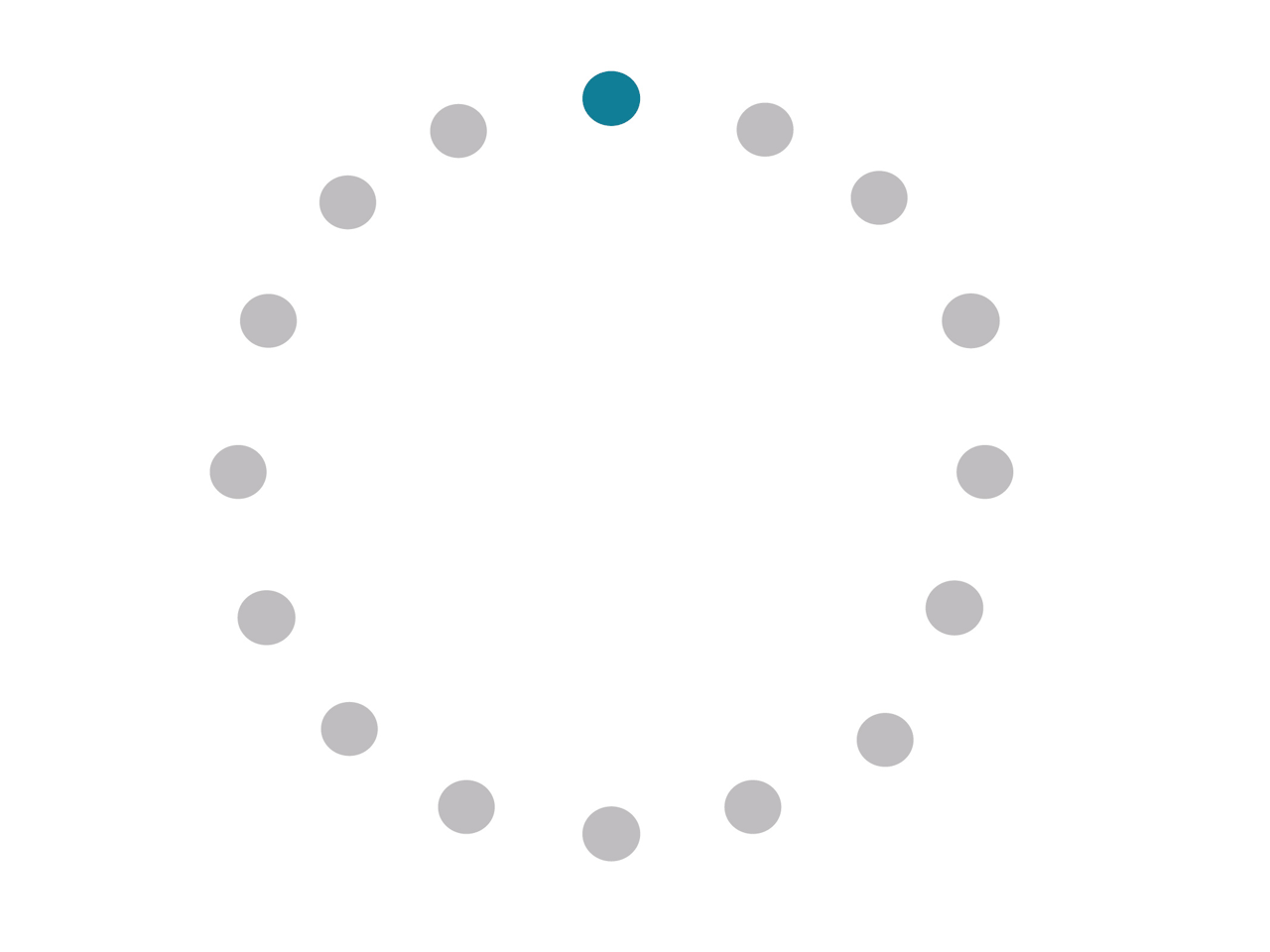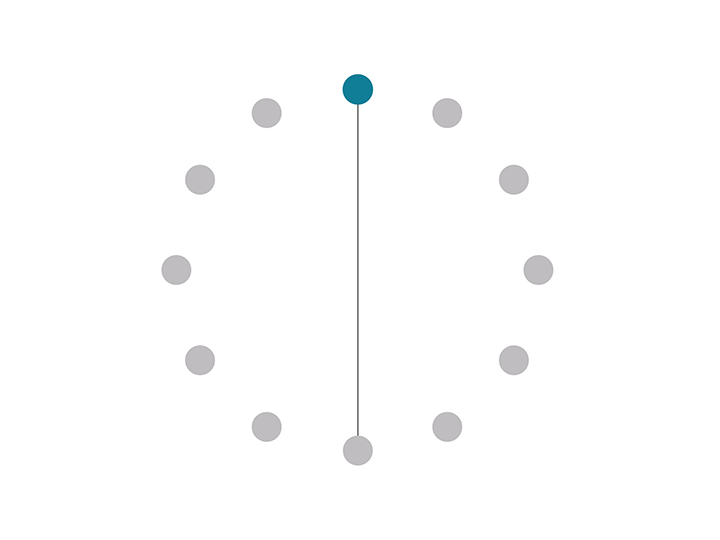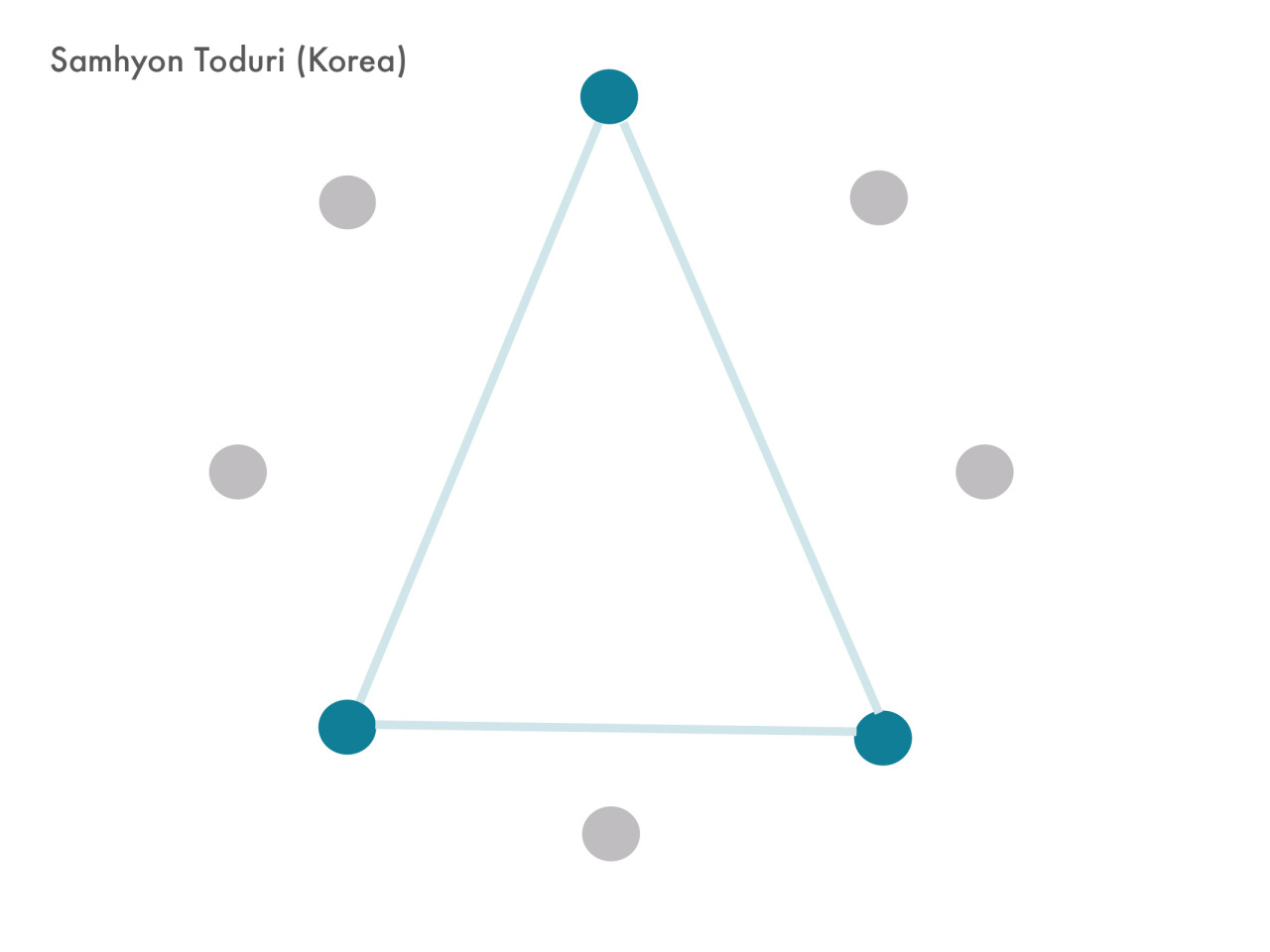Rhythm Necklaces have also found use in Crystallography, the study of the arrangement of atoms in crystalline solids.
A.L. Patterson pioneered the idea of analyzing idealized one dimensional crystals using a circular notation (see above), rather than using the more ubiquitous use of x-ray diffraction patterns from three dimensional crystals. His 1944 paper Ambiguities in the X-ray Analysis of Crystal Structures presents this notation method and some of the revelations it provided him with.
The below music is created with patterns selected from this paper, with one rotated against the others.

